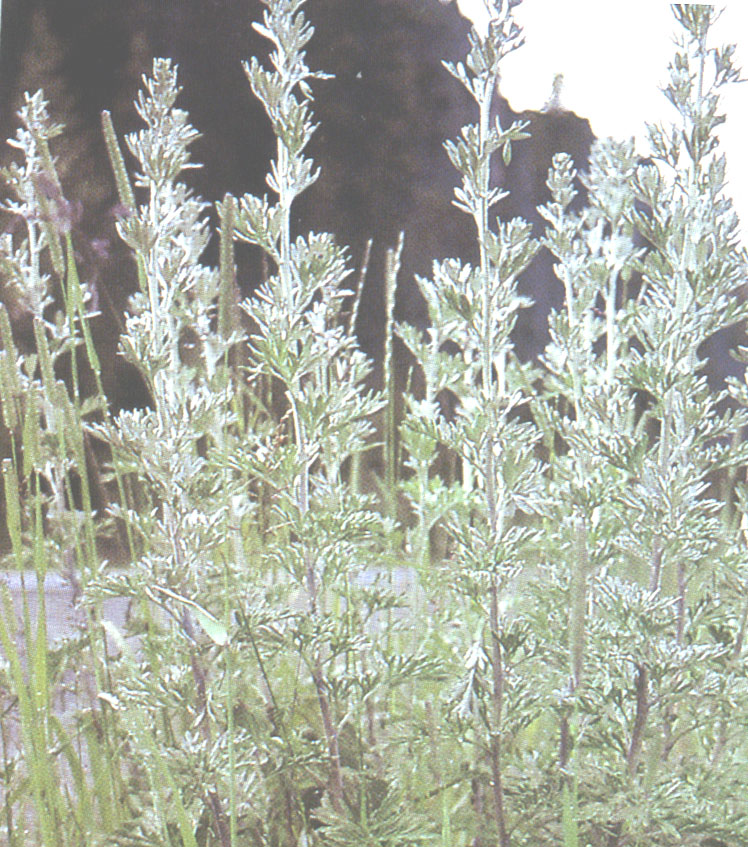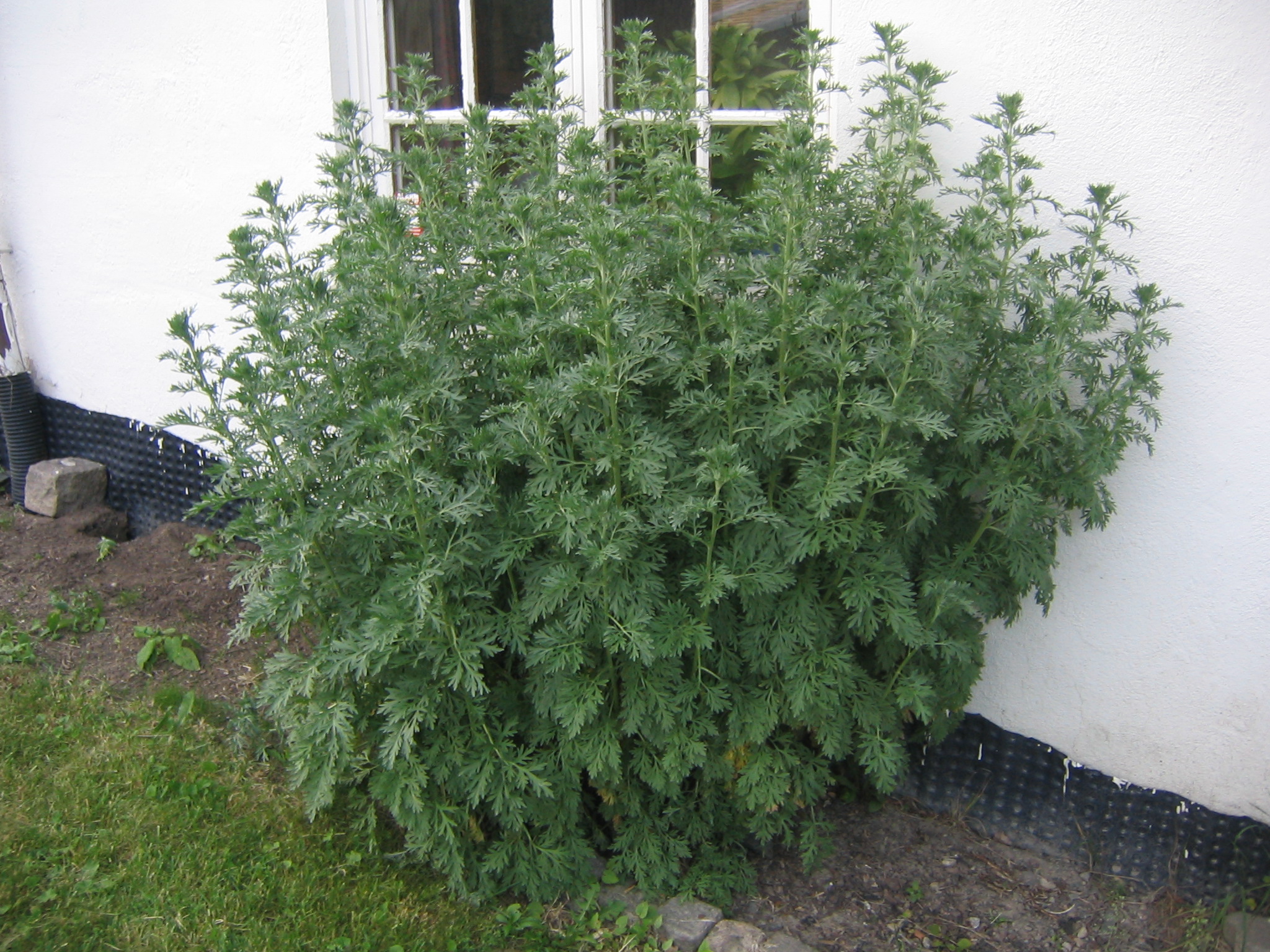Introduction | History | Control | References
Control
Absinth wormwood takes advantage of disturbed areas where there is little plant competition. Without attention, the plant will also out-compete desirable forbs and grasses in pastures, fields, and native grasslands. There are two means of control for this noxious weed: mechanical and chemical.

Mechanical Control: Tillage can prevent establishment of absinth wormwood in crop production areas. Mowing may prevent seed production if mowed several times throughout the growing season. Burning may also be a possible method of control.
Chemical Control: Several herbicides are available for absinth wormwood control. Clopyralid, dicamba, picloram, glyphosate, and 2,4-D have been used to control infestations. The best time for these herbicides to be applied is when the plant is at least 12 inches tall and in the active growing stage. Better residual control the following spring is achieved when herbicides are applied from late June until mid-August.
It is much easier to prevent the spread of this weed than it is to try and control it. If we all play our part, absinth wormwood can be effectively controlled and should not be a serious problem for our environment or the economy.
 Absinth Wormwood
Absinth Wormwood